Vaisnavism is the direct descendant of the Vedic religion, also known as Brahmanism. It is especially widespread in Middle India (the Deccan) where three-fourths of the population is Vaisnavite, and in Hindustan (India north of the Deccan) where one-fourth is Vaisnavite. Sri Vaisnavism does not, however, base its authority solely on the Sanskrit Vedas, Agamas and smrti texts, but also on the Tamil writings of the Alwars. The twelve Alwar saints were born in different parts of South India and appear to span the dates 200 A.D. to 800 A.D. Orthodox tradition, however, places the earliest Alwar saints at 4203 A.D. and the latest at 2706 B.C. They were. The Alwar were Poigai Alwar, Bhuta Alwar, Pey Alwar, Tirpan Alwar, Thirumangia Alwar, Tirumalazi Alwar, Thondaradipodi Alwar, Nammalwar, Kulaseakara Alwar, Periya Alwar, Andal and Madurakavi Alwar. The book pays equal importance to mutt established by Vaisnavites in South India and North India. It also discuss about their followers. The book discuss in General information about Vaisnava terminology, 108-Vaisnava Divya Desam, location of Vaisnava Divya Desam, Alwar’s contribution to the Vaisnava Divya Desam, difference between Vadakalai and Thenakalai, order of Alwars specified in the Ramanuja Nurrundadi, Visnu’s Incarnation of Alwars, works of Vallabha, Vaisnava Upanisads, Vaisnava temples, Visnu Sasrama-1000 names of Visnu, Disciple in Parakala Mutt, Tirukkurangadi Mutt, Ahobila and Vanamalai Mutt. The book pays equal weight age to Sananta Goswami, Chaitanya Mahaprabhu and other North Indian Vaisnava religious leaders. The book is the first of this type on specific topic, meant for all readers, under the title of Dictionary of Vaisnavaism. The book covers all Vaisnava characters from origin to recent status quo of Vaisnavism.
Lexicography of Ramanujacharya: Founder of Visisthavaitam
This is first Lexicographic ...
$112.50
$125.00

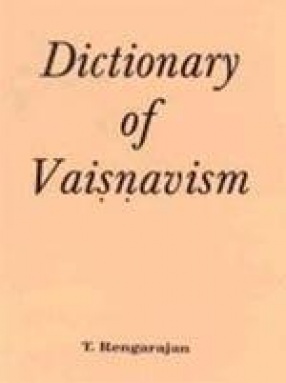
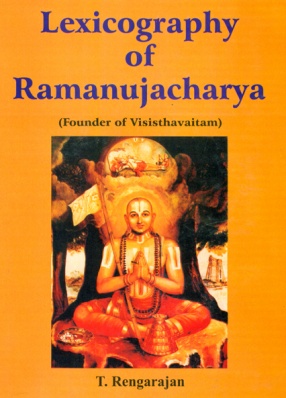
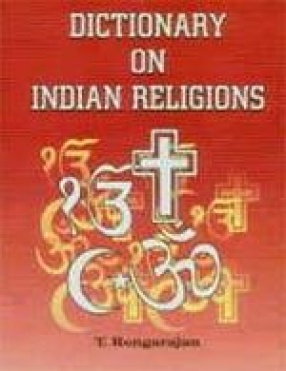
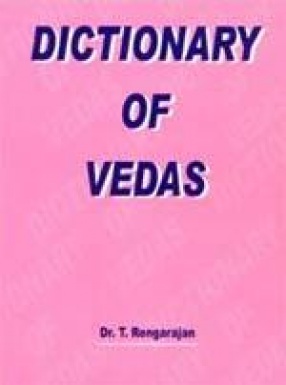


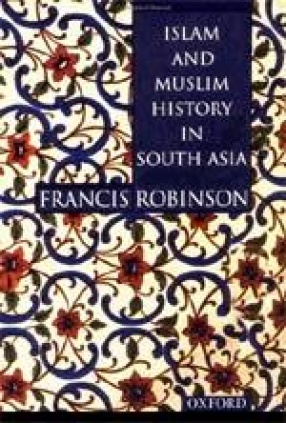
There are no reviews yet.